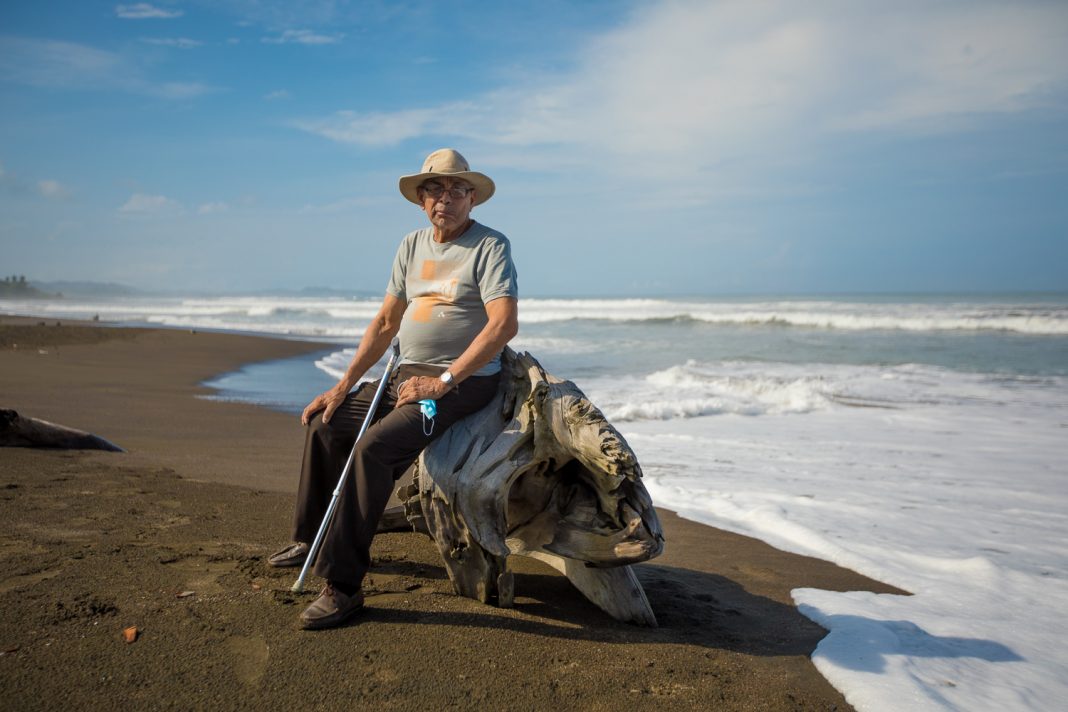He wasn’t born in Ostional. He came here in 1965, just a teenager looking for an opportunity. A community. He didn’t expect to find two: the human community, then sparse and scattered, and a second community that numbered in the hundreds. No, thousands. Thousands of beings, united behind a single purpose. The Olive Ridley sea turtles that come to Ostional each year to lay their eggs.
Tomás would devote much of his life to both communities, seeing how they intertwined. Except “intertwine” wasn’t the right word for many years. At first, the turtle eggs were seen only as a source of food. It took time, research, belief in the unseen, for sustainable harvesting to be put in place, to become law. For the humans to become caretakers of baby turtles rather than just consumers. For the humans to see that turtles could bring tourism, and tourism, opportunity.
Opportunity like the one don Tomás had come to find, all those years before. In the end, he didn’t find it: he made it. He built it, for himself and others, for two communities that share one now-famous strip of beach. He believed it into being, where the water meets the sand.
Text by Katherine Stanley Obando, inspired by the story of don Tomás Chavarría. Read more about his work in this Friday’s longform piece by Mónica Quesada Corderó. Our weekly Media Naranja column tells short love stories with a Costa Rican twist. During our August edition, they will focus on love of many kinds—romance, friendship, neighbors’ bonds—that are related to Costa Rica’s national parks and other protected areas.






